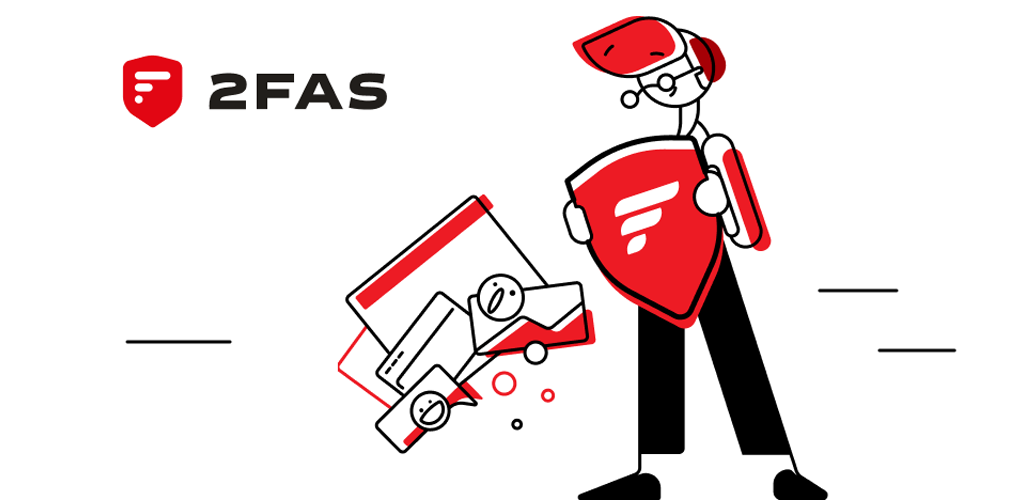What is it?
A locally-stored, offline password manager that encrypts your passwords, secrets, login credentials, and other sensitive information that you place in the KeePass vault.
Who made it?
KeePassXC team
When was it made?
2012
Relative Popularity over time (using 10 years of Google Trends data as a proxy for relevance over time)
Open Source?
✅ Fully open source
Github Stats
Stars: Loading…
Forks: Loading…
Supported platforms
Windows
macOS
Linux
KEY FEATURES
- Secure Password Storage: Encrypts your passwords using strong encryption algorithms (AES-256, ChaCha20, Twofish).
- Cross-Platform Compatibility: Works on Windows, macOS, and Linux.
- Password Generator: Creates strong, random passwords with customizable options.
- Auto-Type: Automatically fills in usernames and passwords into websites and applications.
- Browser Integration: Offers browser extensions for easy password filling and saving.
- Key Files and YubiKey Support: Provides additional security layers with key files and hardware tokens like YubiKeys.
- Offline Access: Your password database is stored locally, allowing offline access.
- Database Synchronization: Supports synchronization with cloud services (like Dropbox, Google Drive, etc.) or local network shares for multi-device access.
- Import/Export: Can import from and export to various password manager formats.
- CLI (Command-Line Interface): Offers a command-line interface for scripting and automation.
- Password History: Keeps a history of password changes for easy rollback if needed.
- TOTP (Time-based One-Time Password) Support: Generates time-based one-time passwords for two-factor authentication.
- Customizable Interface: Allows customization of the interface and various settings.
- Open Source: Being open-source allows for community review and transparency.
How to use it safely?
Looking for ways to incorporate this tool into your digital infrastructure quickly, safely, and securely? OpSec (or “Operational Security”) is an important part of securing your digital life. Like most things in life, there’s a safe & secure way to do it, while (on the other hand) there’s a reckless & risky way to do it. Or as The Mad Engineer likes to say, “there are secure ways to use insecure tools, and there are insecure ways to use secure tools.“
Check out the checklist below for some tips to help you get started with KeePassXC in a safer and more secure way:
[insert checklist here — include both general items AND tool-specific items. Can also include clarifiers like ‘for a more private & secure configuration’ vs ‘for a more convenient & accessible configuration’]





